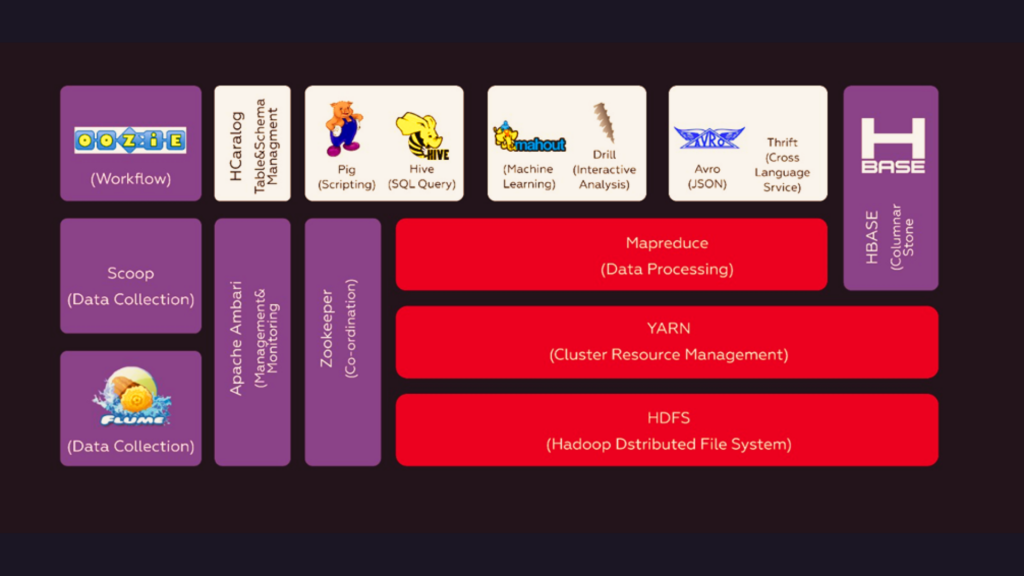
In the ever-evolving landscape of software engineering, one term has been gaining significant traction in recent years: platform engineering. But what exactly is platform engineering, and why has it become indispensable in the realm of modern software development? In this comprehensive guide, we delve deep into the intricacies of platform engineering, exploring its origins, key principles, and its pivotal role in shaping the future of engineering organizations.
Origins of Platform Engineering: A Journey from DevOps to Internal Developer Platforms
To truly grasp the essence of platform engineering, it’s essential to understand its roots. The inception of platform engineering can be traced back to the emergence of DevOps, a paradigm aimed at fostering collaboration between development and operations teams. However, as the complexity of software ecosystems surged with the advent of cloud technologies, traditional DevOps practices proved inadequate in addressing the evolving needs of engineering organizations.
DevOps: A Catalyst for Change
In the early days of DevOps, organizations sought to break down silos between development and operations, advocating for a “you build it, you run it” ethos. While this approach yielded commendable results for tech giants like Google and Amazon, it posed significant challenges for the majority of engineering teams. The reality was that achieving true DevOps maturity required resources and expertise beyond the reach of many organizations.
Enter Platform Engineering
As the shortcomings of conventional DevOps practices became evident, a new paradigm emerged: platform engineering. At its core, platform engineering revolves around designing and constructing internal developer platforms (IDPs) tailored to the unique needs of engineering teams. Unlike traditional DevOps setups, which often entail a fragmented toolchain and cumbersome workflows, IDPs offer a unified environment that streamlines the entire software development lifecycle.
The Pillars of Platform Engineering: Building Blocks for Success

Integrated Product Approach
Central to platform engineering is the concept of an Integrated Product, colloquially referred to as an Internal Developer Platform. Unlike disparate toolchains that burden developers with cognitive overload, an IDP consolidates a myriad of technologies and tools into a cohesive ecosystem. By harmonizing development, deployment, and operational tasks, IDPs empower developers to focus on innovation rather than infrastructure management.
Developer Empowerment
At the heart of platform engineering lies a commitment to developer empowerment. IDPs are meticulously crafted to provide developers with self-service capabilities, enabling them to navigate the complexities of modern software ecosystems with ease. Whether it’s provisioning environments, managing configurations, or debugging applications, developers wield unprecedented autonomy within the confines of an IDP.
Golden Paths and Paved Roads
In essence, platform engineering endeavors to pave golden paths for developers, offering predefined workflows and best practices that expedite the software delivery process. By abstracting away complexity and offering intuitive interfaces, IDPs ensure that developers can traverse their development journey seamlessly. Whether they prefer tinkering with infrastructure-as-code or focusing solely on application logic, developers can choose their preferred abstraction level within an IDP.
Principles of Platform Engineering: Guiding Lights for Success
Clear Mission and Role

A successful platform team begins with a clear mission and defined role. By articulating a compelling vision, such as building reliable workflows for independent developer interactions, platform teams align their efforts towards tangible outcomes. Moreover, establishing a distinct role for the platform team as product enablers, rather than support personnel, reinforces their strategic significance within the organization.
Product Mindset
Platform engineering thrives on a product-centric mindset, wherein platform teams prioritize features based on genuine value to internal customers – the developers. By soliciting feedback and iterating on IDP enhancements, platform teams ensure that their offerings remain aligned with evolving developer needs. This relentless focus on delivering value distinguishes exemplary platform teams from mere support functions.
Focus on Common Problems
Platform teams serve as guardians against redundancy, preempting the proliferation of bespoke solutions to shared challenges. By identifying common pain points and friction areas across engineering teams, platform engineers can proactively address systemic issues. Through a combination of qualitative feedback and quantitative analysis, platform teams pinpoint areas ripe for optimization, thereby fostering a culture of continuous improvement.
Embrace the Value of Glue
While the contributions of platform engineers may not manifest as tangible product features, their role as integrators and facilitators is indispensable. Platform teams serve as the glue that binds disparate systems and processes together, ensuring a cohesive and streamlined developer experience. By embracing and advocating for the value of their integrative efforts, platform engineers elevate their stature within the organization, transcending the misconception of being mere cost centers.
Avoid Reinventing the Wheel
In the pursuit of efficiency, platform teams must resist the temptation to reinvent the wheel. Rather than developing bespoke solutions to standardized problems, platform engineers should leverage existing off-the-shelf solutions wherever feasible. By focusing on the organization’s unique requirements and augmenting commercial offerings as necessary, platform teams maximize their impact while minimizing unnecessary complexity.
The Modern Engineering Organization: Navigating the Paradigm Shift
As engineering organizations evolve in response to market dynamics, the role of platform engineering becomes increasingly pivotal. According to Puppet’s State of DevOps Report 2021, highly evolved organizations tend to align with the Team Topologies model – a framework that emphasizes stream-aligned teams, enabling teams, complicated subsystem teams, and platform teams.
Embracing Team Topologies
The Team Topologies model, as delineated by Matthew Skelton and Manuel Pais, offers a blueprint for structuring modern engineering teams. Central to this model is the platform team, which serves as the linchpin for enabling seamless self-service workflows across the organization. By adhering to the principles of Team Topologies, engineering organizations can foster agility, innovation, and resilience in the face of evolving challenges.
Scalability of Platform Engineering
Contrary to popular belief, platform engineering is not exclusive to large-scale enterprises. Even modestly sized engineering teams stand to benefit from the adoption of internal developer platforms. As organizations surpass the 20-30 developer threshold, the need for standardized workflows and self-service capabilities becomes increasingly pronounced. By embracing platform engineering early on, organizations can preemptively address operational inefficiencies and scale their engineering capabilities effectively.
Getting Started with Platform Engineering: A Call to Action
For organizations embarking on their platform engineering journey, the path forward may seem daunting. However, by leveraging community resources, engaging with industry peers, and embracing a mindset of continuous improvement, organizations can overcome initial hurdles and reap the rewards of platform engineering.
Community Engagement
Engagement with the platform engineering community serves as a catalyst for knowledge sharing and collaborative learning. Through participation in events, Slack channels, and online forums, organizations can glean insights from experienced practitioners and gain valuable perspectives on best practices and emerging trends.
Learn from Pioneering Teams
The experiences of pioneering platform engineering teams offer invaluable lessons for organizations seeking to emulate their success. By studying case studies and success stories from organizations like Adevinta and Flywire, teams can glean practical insights into the implementation and optimization of internal developer platforms.
Start Small, Iterate Often
The journey towards platform engineering excellence begins with small, incremental steps. Rather than striving for perfection from the outset, organizations should focus on identifying immediate pain points and addressing them iteratively. By embracing a culture of experimentation and continuous improvement, teams can gradually refine their internal developer platforms and adapt to evolving requirements.
Conclusion
In conclusion, platform engineering represents a paradigm shift in the realm of software development, offering a holistic approach to streamlining workflows, empowering developers, and fostering innovation. By embracing the principles of platform engineering and leveraging the collective wisdom of the community, organizations can unlock new levels of agility, efficiency, and resilience in an ever-changing technological landscape.


